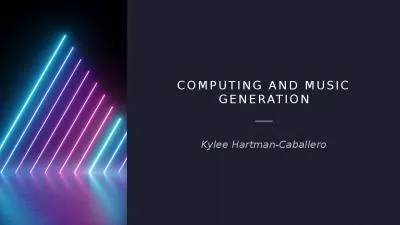PPT-Introduction to quantum computing and quantum information
Author : celsa-spraggs | Published Date : 2017-06-04
Dung Nguyen Chicago 19 th January Content Motivation Quantum bit qubit vs Classical bit bit Quantum Computation Quantum Communication Conclusion Motivation The
Presentation Embed Code
Download Presentation
Download Presentation The PPT/PDF document "Introduction to quantum computing and qu..." is the property of its rightful owner. Permission is granted to download and print the materials on this website for personal, non-commercial use only, and to display it on your personal computer provided you do not modify the materials and that you retain all copyright notices contained in the materials. By downloading content from our website, you accept the terms of this agreement.
Introduction to quantum computing and quantum information: Transcript
Download Rules Of Document
"Introduction to quantum computing and quantum information"The content belongs to its owner. You may download and print it for personal use, without modification, and keep all copyright notices. By downloading, you agree to these terms.
Related Documents

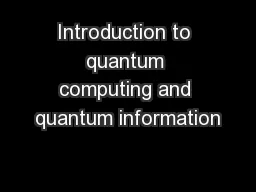
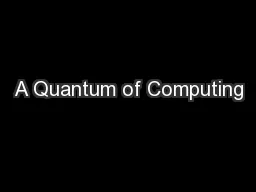
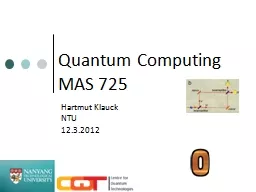
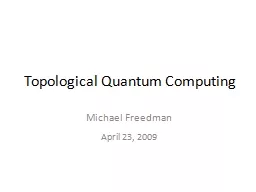
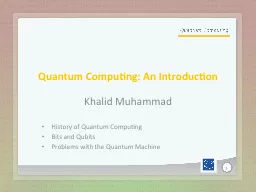
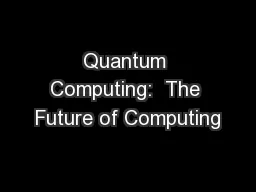
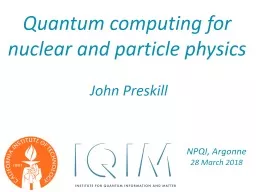
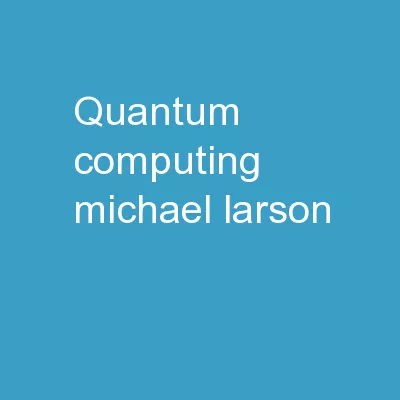
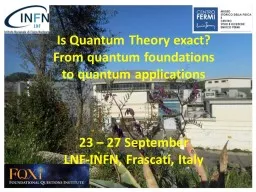
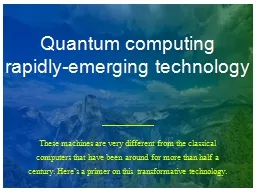
![[PDF]-Practical Quantum Computing for Developers: Programming Quantum Rigs in the Cloud](https://thumbs.docslides.com/971535/pdf-practical-quantum-computing-for-developers-programming-quantum-rigs-in-the-cloud-using-python-quantum-assembly-language-and-ibm-qexperience.jpg)
